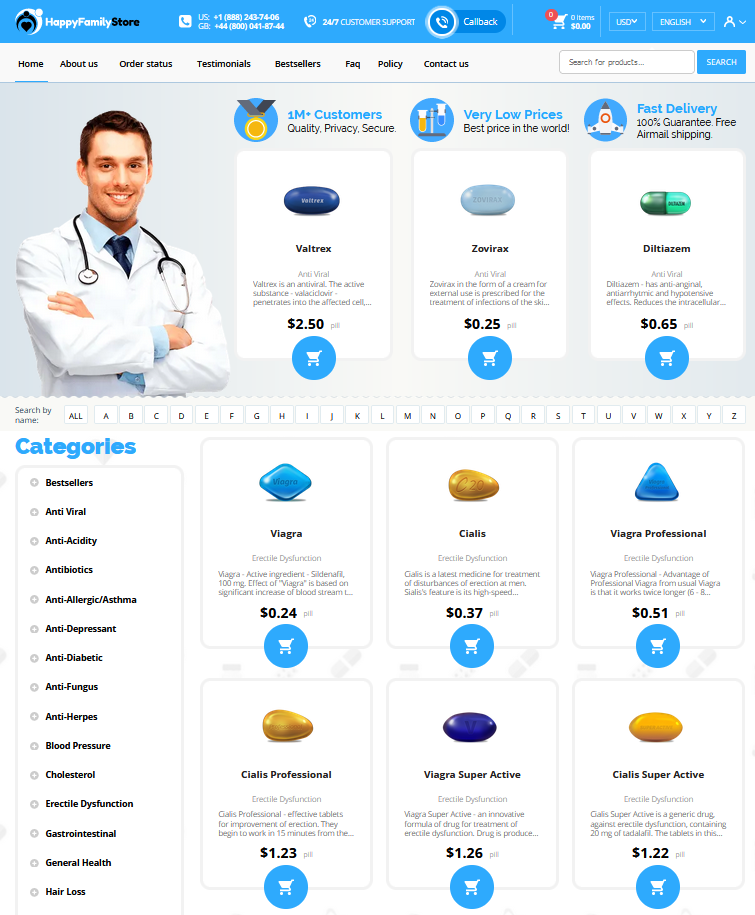 The History of Amoxil: from Discovery to Common Use
The History of Amoxil: from Discovery to Common Use
The Accidental Discovery of Amoxicillin
In the early 1970s, scientists at Beecham Research Laboratories stumbled upon a groundbreaking discovery. While exploring derivatives of penicillin, these researchers found that a particular compound showed extraordinary antibacterial properties. This compound eventually became known as amoxicillin, the active ingredient in Amoxil. Despite being an accident, the discovery was pivotal, driven by a quest to improve antibiotic efficacy. Researchers had been seeking a solution to bacterial resistance, not realizing that their curiosity would lead to a cornerstone of modern antibiotic therapy.
| Year |
Event |
| 1970s |
Discovery of Amoxicillin |
| 1981 |
Amoxil is introduced to the market |
Unlike earlier antibiotics, amoxicillin proved more effective against a broader range of infections. The initial accident sparked extensive research, accelerating its journey from laboratory experiments to global medical shelves. The narrative of its discovery underscores the often-unpredictable path of scientific innovation, reminding us that some of the most profound breakthroughs arise from unexpected beginnings. Its impact remains evident today, as it continues to be a mainstay treatment for countless bacterial infections worldwide.
From Lab to Pharmacy: the Production Process

In the bustling world of pharmaceuticals, the journey from lab research to a little bottle on a pharmacy shelf is a meticulous dance of science and precision; amoxil is no exception. Its production begins with the selection of high-quality raw materials, ensuring potency and efficacy. This complex antibiotic is synthesized through a series of chemical reactions, followed by stringent purification processes to eliminate impurities. Quality control is paramount, with each batch undergoing rigorous testing to meet stringent standards before being approved for distribution. Once development is complete, the next phase embarks on scaling up the process. Pharmaceutical engineers meticulously refine the method for mass production while maintaining consistency and quality. The manufacturing journey involves cutting-edge technology for precise dosing, encapsulation, and protective packaging to preserve its therapeutic attributes. Throughout this process, compliance with regulatory guidelines ensures that amoxil reaches pharmacies safely and effectively, ready to combat infections around the world. This seamless transition from lab to pharmacy underscores the intricate choreography of pharmaceutical innovation and distribution.
Amoxil's Role in Revolutionizing Modern Medicine
Emerging from the lineage of penicillin, amoxil swiftly carved its niche in the world of antibiotics. Its broad-spectrum efficacy against a range of bacterial infections marked a significant advancement over its predecessors. At a time when infectious diseases posed major threats to public health, amoxil provided an accessible and effective remedy. Beyond its clinical potency, the drug's impact was societal, empowering healthcare systems to effectively tackle ailments from strep throat to urinary tract infections. This breakthrough alleviated burdens on clinics and hospitals, reducing complications from untreated bacterial infections and paving the way for safer surgeries and better patient outcomes. As amoxil became more widely prescribed, it set the stage for further innovations in antibiotic development, underscoring the critical role of accessible, effective medications in enhancing global health.
Overcoming Challenges: the Evolution of Formulations

Amoxil's journey of discovery is as much about overcoming challenges as it is about innovation. Initially, scientists struggled with stability issues that hampered the efficacy of amoxicillin. They needed to devise a formulation capable of withstanding the human body's complex environment. Through persistent research, they managed to stabilize this compound, ensuring it remained effective when ingested. The next hurdle was extending its effectiveness beyond bacterial targets. Researchers sought ways to enhance Amoxil formulations, making them more versatile while minimizing side effects. By refining pharmacokinetics and absorption methods, they improved delivery mechanisms, thus enhancing therapeutic outcomes. Today, Amoxil is available in various formulations, from chewable tablets to liquid suspensions, illustrating its evolution. Manufacturers continuously innovate, addressing concerns such as antibiotic resistance, ensuring Amoxil remains a cornerstone of modern medicine.
Amoxil in Action: Noteworthy Case Studies
In 1998, a landmark case involved a young child from the Midwest diagnosed with acute otitis media. Administered Amoxil, the child experienced rapid relief, showcasing the drug's efficacy in treating bacterial infections in pediatric patients. Another impactful case in 2005 concerned an elderly patient with bacterial pneumonia. Swift recovery due to Amoxil highlighted its versatility across age groups. More recently, during the 2020s, a study on urinary tract infections confirmed Amoxil's reliability, further cementing its status in antibiotic therapy.
| Year |
Case Description |
Outcome |
| 1998 |
Pediatric acute otitis media |
Rapid relief demonstrated |
| 2005 |
Elderly bacterial pneumonia |
Swift recovery shown |
| 2020s |
Study on urinary tract infections |
Reaffirmed Amoxil's reliability |
Current Trends and the Future of Amoxil in Medicine
As amoxil continues to be a mainstay in antibiotic treatment, recent trends focus on optimizing its use to combat resistant strains of bacteria. Researchers are diligently exploring how amoxil can be combined with other drugs to enhance efficacy and reduce resistance. Efforts to develop more effective delivery methods are also underway, such as long-acting formulations that ensure consistent therapeutic levels. Meanwhile, the future of amoxil in medicine is tied to technological advances in genetic research. Personalizing antibiotic treatments based on a patient’s genetic makeup could revolutionize how drugs like amoxil are prescribed. This approach aims to maximize benefits while minimizing side effects, making treatments more precise and effective. As we look ahead, there is also a focus on sustainability in antibiotic production. Researchers strive to create greener production methods that reduce environmental impact. The challenge is to balance the demands of global health needs with ecological responsibilities, while maintaining the effectiveness of essential antibiotics like amoxil. The future landscape of amoxil in medicine will likely be shaped by a confluence of these innovations, ensuring it remains a vital tool in the fight against bacterial infections. Such advancements could reaffirm its place in medical practice for years to come, meeting both existing and emerging health challenges. National Center for Biotechnology Information
International Journal of Antimicrobial Agents
|